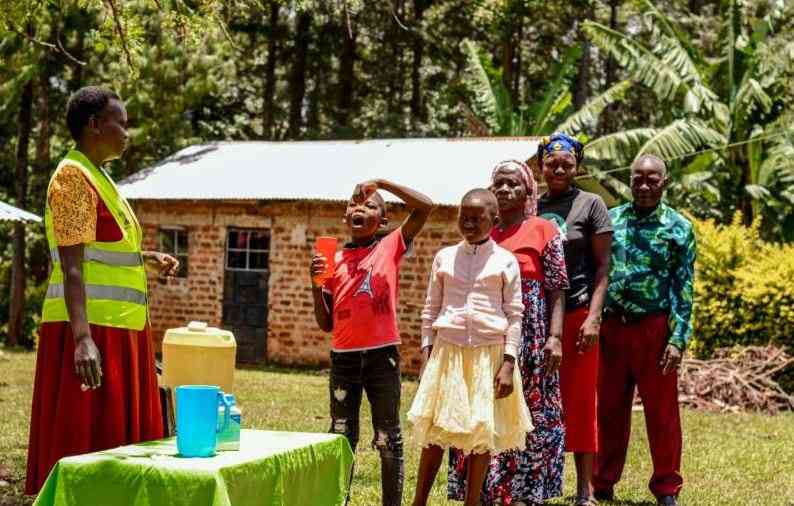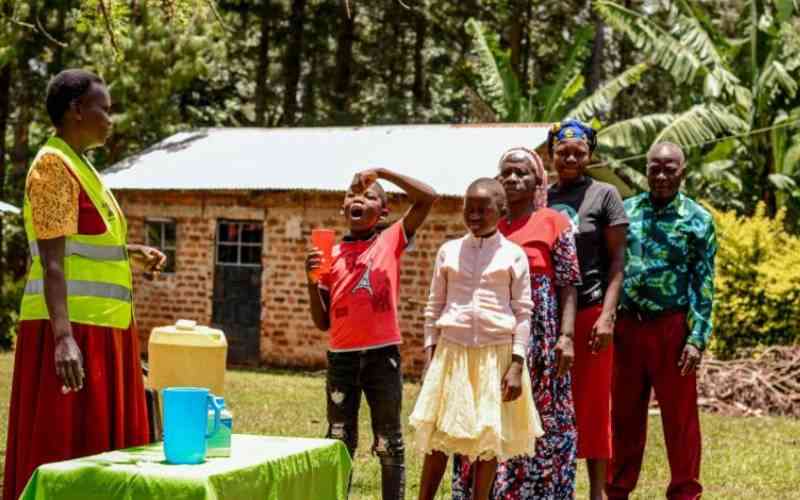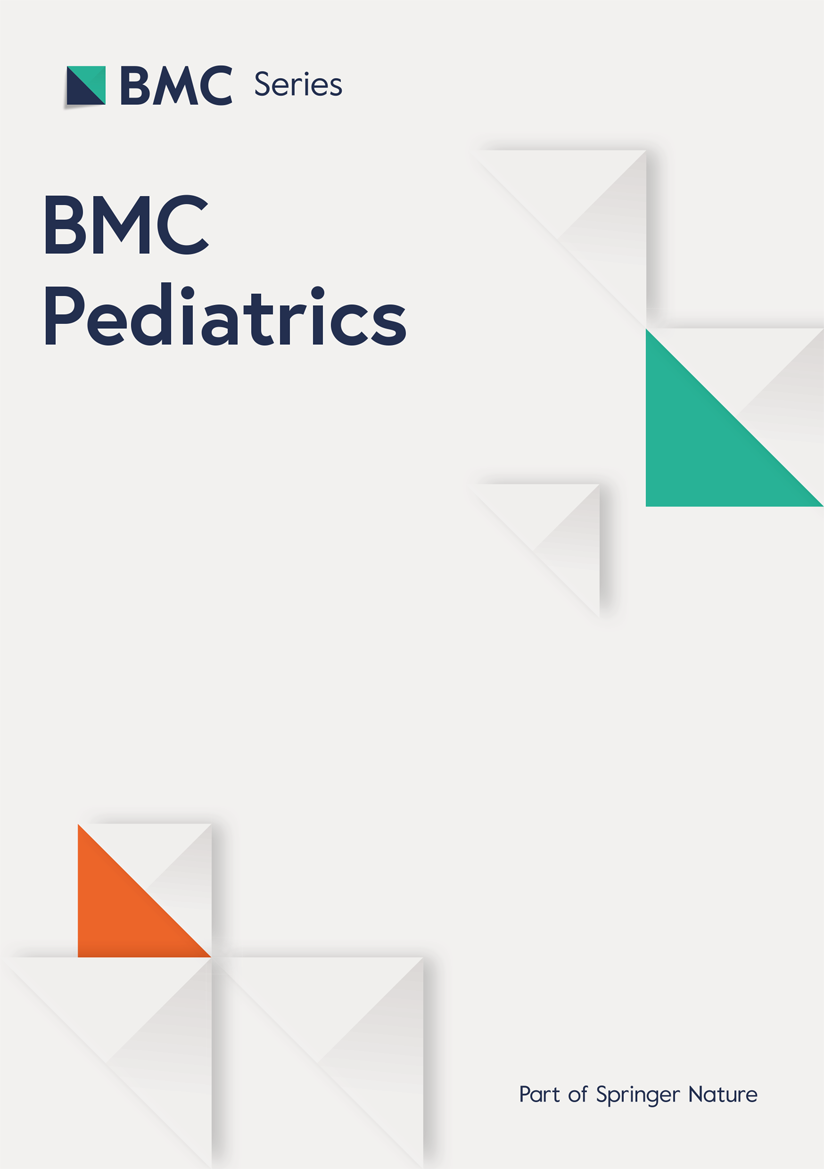First steps into danger: New study shows bloody urine disease affects breast feeding children too

A study published in August 2020 in the PLOS Neglected Tropical Diseases journal indicates that children within the breastfeeding age bracket are also at significant risk of contracting bilharzia.
Titled “Prevalence and Risk Factors of Schistosoma mansoni Infection Among Children Under Two Years of Age in Mbita, Western Kenya”, the study confirmed the presence of S. mansoni infection in young pre-school children, some as young as eight months old.
Bilharzia – also known as schistosomiasis – is a parasitic disease that predominantly affects humans in tropical regions. It is classified among the 20 Neglected Tropical Diseases (NTDs).
Dr Dickson Kioko, a specialist in NTDs and Monitoring and Evaluation Manager at the Ministry of Health (MoH), explains:
“There are two forms of bilharzia, each presenting differently: blood in stool or blood in urine. This indicates that one form affects the intestinal system, while the other targets the urogenital system.”
According to the World Health Organization (WHO), Kenya bears a considerable schistosomiasis burden, mainly caused by two species: S. mansoni and S. haematobium. Over 2.5 million people in the country are at risk of infection.
The disease is endemic in Kenya’s coastal regions – including Lamu, Tana River, Malindi, Kilifi, Mombasa, Kwale, and Msambweni – and along the Lake Victoria belt in western Kenya, covering Kisumu, Kakamega, Homa Bay, Migori, and Busia.
“These are the regions where we’ve documented the highest infection rates. In other parts of the country – such as the Rift Valley – mapping has been conducted and we are awaiting results,” adds Dr Kioko.
In 2013, nearly one million school-aged children in these endemic areas were treated for schistosomiasis in Kenya.
Mass Drug Administration (MDA) using praziquantel has been the key strategy for controlling the disease, particularly among school-aged children. The Ministry of Health, with support from partners, has facilitated school-based deworming programmes and community-level treatment initiatives throughout the country.
However, the researchers in the Mbita study point out that children younger than school age have largely been excluded from these schistosomiasis control programmes, due to a lack of data on disease prevalence in this age group.
Of the 361 children aged between 6 and 23 months who were enrolled in the study, 289 tested positive for S. mansoni.
“There is growing awareness that children under school age can indeed be infected with schistosomes, potentially leading to serious health consequences. As such, they should be included in schistosomiasis treatment programmes,” the researchers recommend.
Bilharzia is caused by parasitic worms – known as schistosomes – which are invisible to the naked eye. These parasites thrive in stagnant or slow-moving freshwater sources contaminated by infected human urine or faeces.
Freshwater snails serve as intermediate hosts in the parasite’s transmission cycle.
Dr Kioko elaborates: “The life cycle of the worm involves both snails and humans. An infected person releases the eggs into fresh water through urine or faeces. The eggs hatch in the water and infect a snail. Inside the snail, they develop further, then are released back into the water.”
He says this new stage of the parasite lingers in the water, waiting for human contact – whether someone is washing clothes, fishing, swimming, or working in a rice field. “It then penetrates the person’s skin and enters the circulatory system. From there, it lodges itself in the intestines or bladder, causing mechanical injuries that result in bleeding – hence the presence of blood in urine or stool,” he explains.
Bilharzia is often referred to as a “poor man’s disease.”
“It is a disease of inequality,” notes Dr Mary Amuyunzu, Technical Advisor at the African Institute for Health and Development. “It thrives in areas where access to clean water, proper sanitation, and healthcare is limited. Poverty is a major risk factor in its spread.”
Fortunately, bilharzia is both preventable and treatable. Avoiding contact with contaminated freshwater is one of the most effective preventive measures. Water used for domestic purposes should be treated or boiled, and access to clean, piped water should be prioritised in endemic regions.
Additionally, annual deworming with praziquantel is strongly recommended for people living in high-risk areas. Expanding treatment to include younger children is now seen as an urgent public health priority. Maintaining good hygiene, improving sanitation, and educating communities about the risks are also vital steps in controlling the disease.












